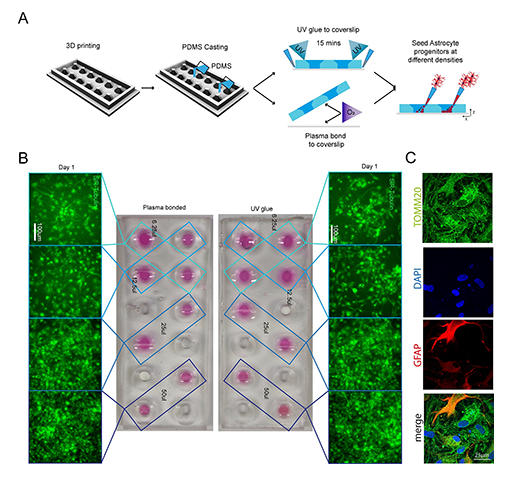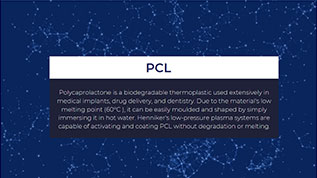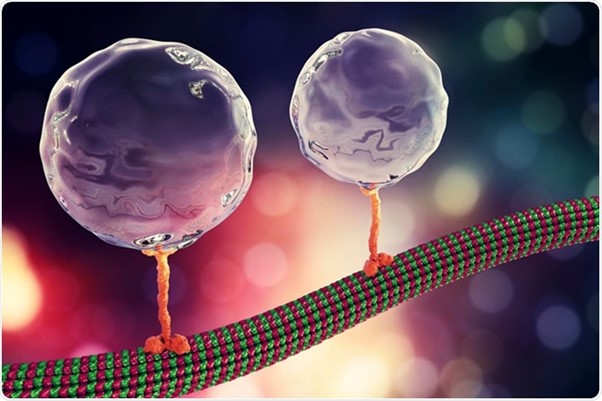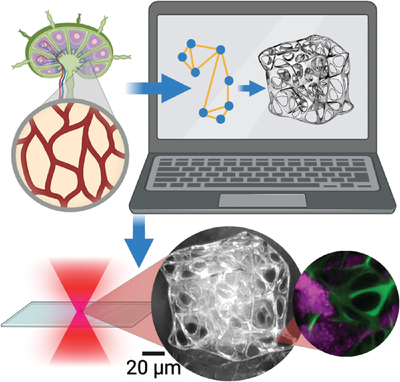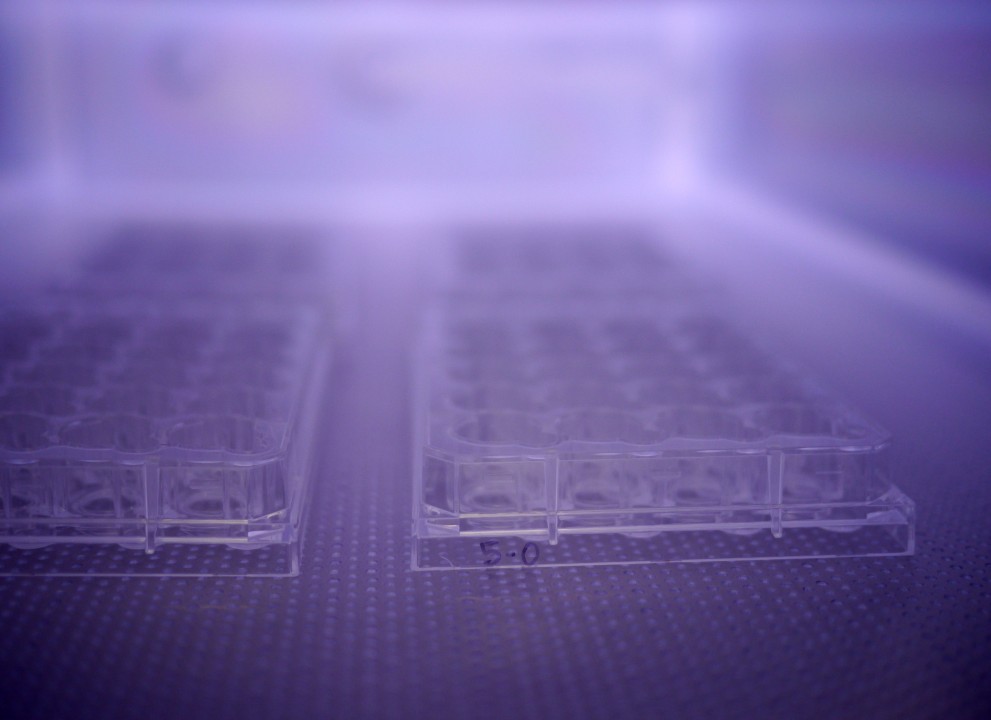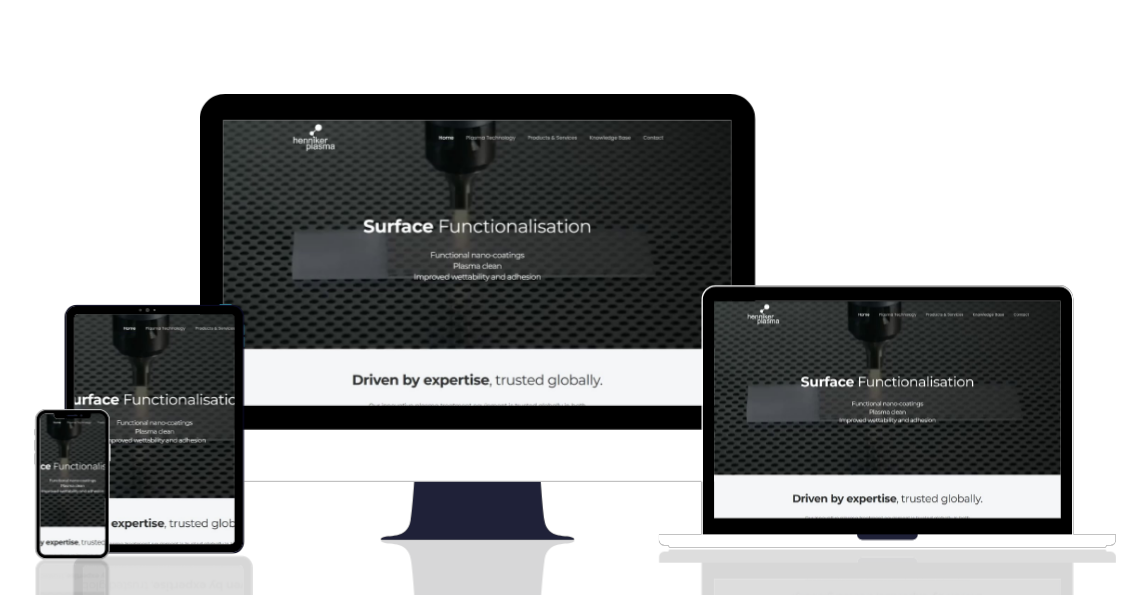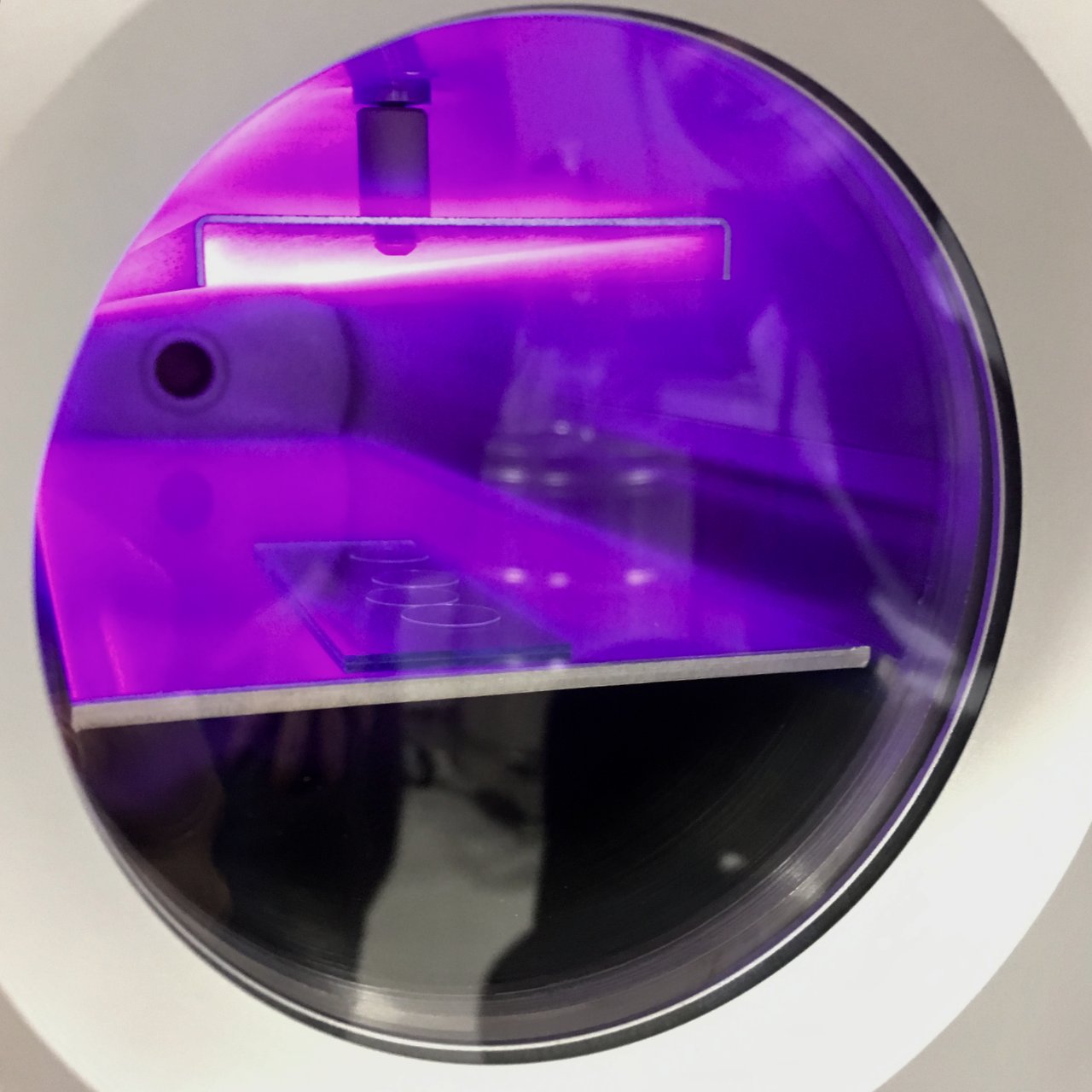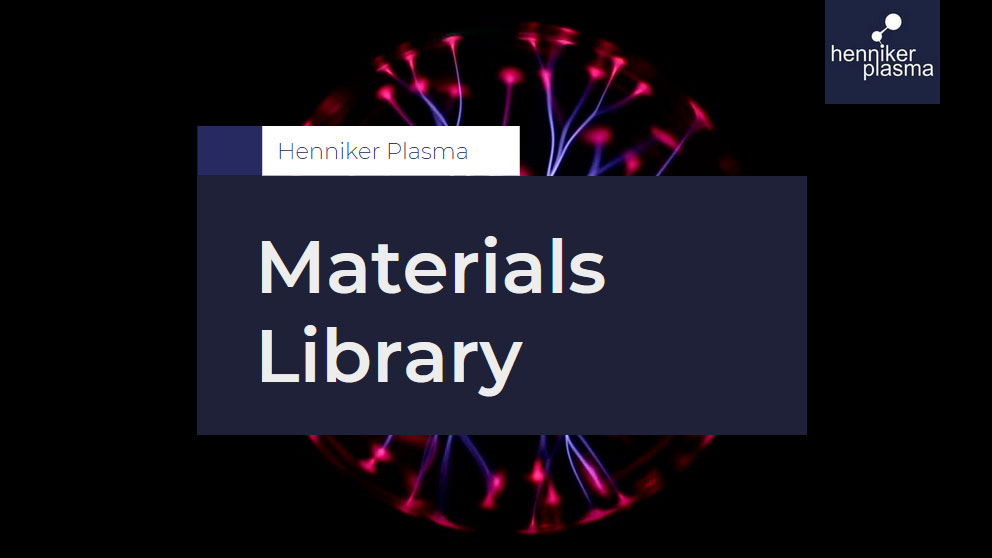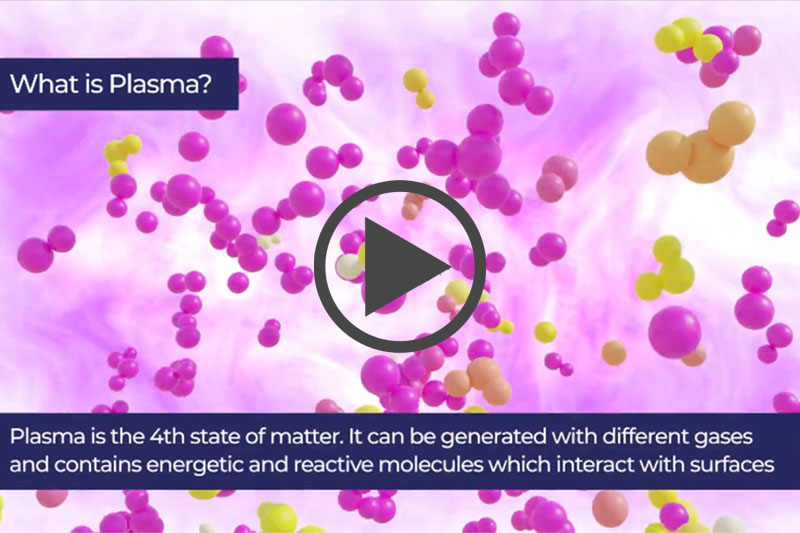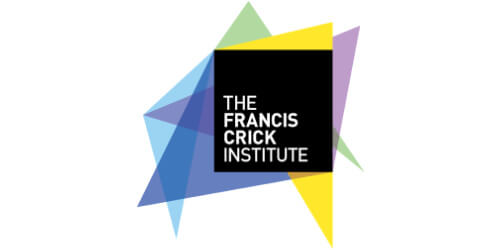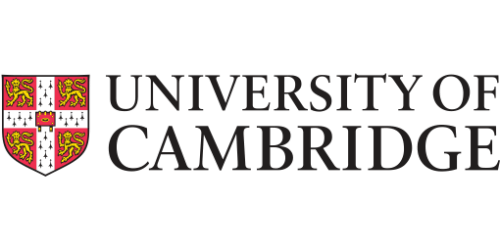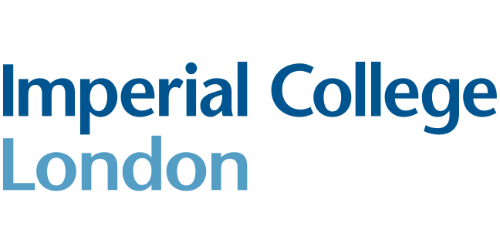Welcome to the Henniker Plasma Knowledge Base.
Already established as a leading manufacturer of plasma treatment systems, we pride ourselves on our expertise and in-depth process knowledge. We have a varied number of media tools and scientific articles in our database which we have made freely available.

We are passionate about plasma® and we would like to share it with you!
Knowledge Articles
Product Brochures
Browse through our range of product brochures with detailed specifications, to find the perfect system to meet your requirements.
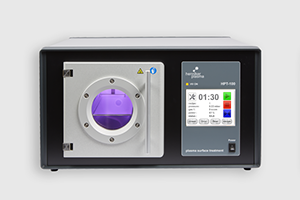
Press Releases
Case Studies
Videos
Popular FAQ's
Q A How do I measure the effectiveness of plasma treatment?
From the definitions above, a measurement of surface wetting or surface energy can indicate the effectiveness of plasma treatment. We provide a range of measurement techniques including surface energy test inks and pens as well as contact angle measurement instruments, which measure the shape and angle of a drop of liquid in contact with the surface.
Q A What does a Plasma Treatment do?
Plasma treatment modifies the surface of an object. It doesn’t affect the object in any other way and doesn’t change the bulk of the material at all. We can ‘tune’ the plasma to change the adhesion characteristics of the surface. We can make the surface easier to bond, print onto, glue etc. We can also introduce a range of other surface properties such as liquid repellency or low friction.
Q A What is a Plasma?
Solid, liquid and gas are the three states of matter we are all familiar with. We can move between the states by adding or removing energy (e.g. heating/cooling). If we continue to add enough energy (for a plasma, we add electrical energy), gas molecules will become ionised (lose one or more electrons) and so carry a net positive charge. If enough molecules are ionised to affect the overall electrical characteristics of the gas the result is called a plasma. Plasmas are, therefore, quite rightly, often referred to as the fourth state of matter.
A plasma contains positive ions, electrons, neutral gas atoms or molecules, UV light and also excited gas atoms and molecules, which can carry a large amount of internal energy (plasmas glow because the light is emitted as these excited neutral particles relax to a lower energy state). All of these species can and do interact with any surface placed in contact with the plasma. By choosing the gas mixture, power and other conditions we can quite precisely tune, or specify, the effects of the plasma upon the surface.
Q A Which vacuum pump should I choose?
Henniker Plasma’s range of vacuum plasma treatment systems (HPT and Nebula models) include a suitable vacuum pump which is required for the low pressures needed during plasma operation.
Q A How does plasma treatment increase surface energy?
Plasma treatments aim to convert low energy surfaces to higher energy surfaces by attaching oxygen
containing species to the surface.
Useful Links
Institute of Physics Plasma Physics Group Pages – Home of Plasma Physics at the IoP
Institute of Physics Thin Films & Surfaces Group Pages – Home of Thin Films & Surfaces group at the IoP
Plasma Processes & Polymers Journal – Latest research publications
Plasma Sources, Science & Technology Journal – Latest research publications

